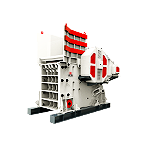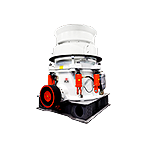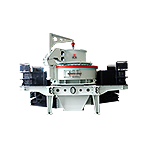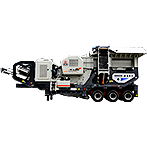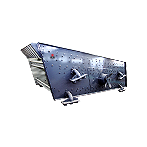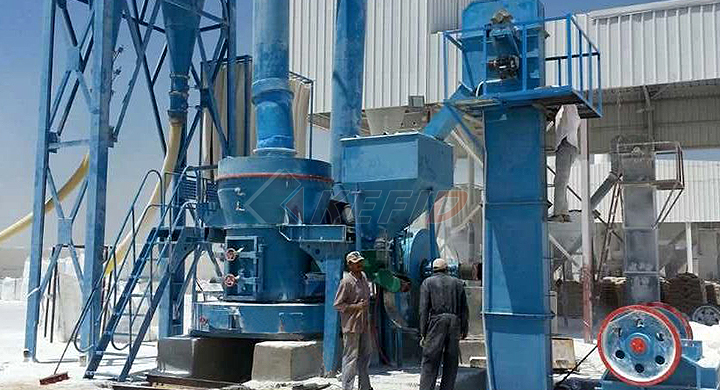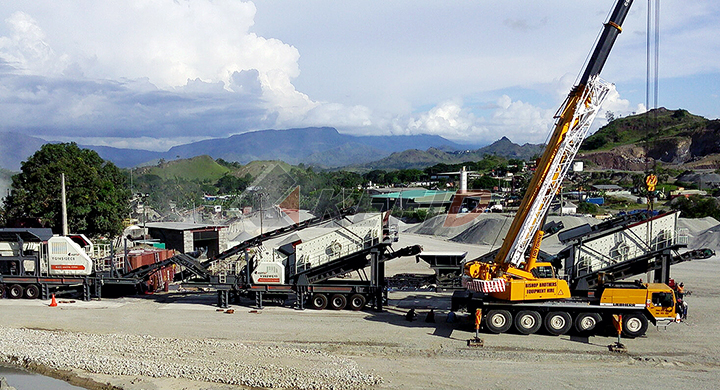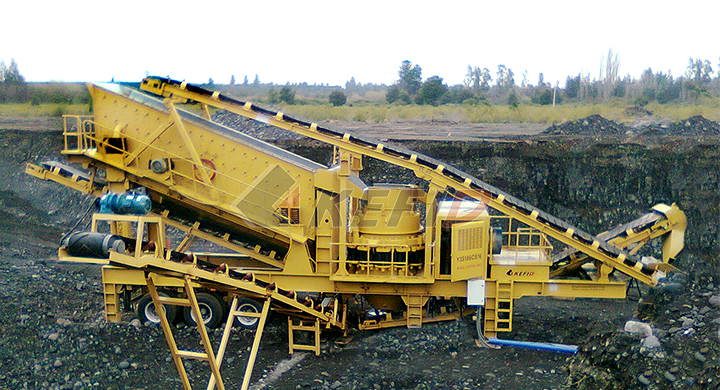магазин
sand cement blocks
KEFID,Дробильно-сортировочное оборудование Китая высокого качества, стандартное дробильное оборудование. На протяжении более 30 лет мы занимаемся исследованиями и разработками и производством дробильного оборудования, дробления зданий, промышленных дробилок и экологически чистых строительных материалов, и предлагаем профессиональные решения и дополнительные продукты для создания ценность для клиентов.
Онлайн сообщение
sand cement blocks

Concrete blocks sand cement blocks
Concrete blocks are often made of 1:3:6 concrete with a maximum size aggregate of 10mm or a cementsand mixture with a ratio of 1:7, 1:8 or 1:9 These mixtures, if properly cured, give concrete blocks a compression strength well above what is required in a onestorey building The blocks may be solid, cellular or hollowJul 17, 2017· The basic mixture for most concrete block projects is a 4to1 or 5to1 mixture In essence, four parts (or five) of sand are added to one part of cement, and then water is added to that until you achieve the texture you want for your particular block projectThe Sand to Mortar Ratio to Lay Concrete Blocks | Hunker

How Much Sand Is Required to Lay Concrete Blocks? | eHow
As a general rule, you can order around 600 to 800 pounds of sand for every 100 blocks you are setting, provided that you are using the standard size cinder block You will use two and a half to three bags of cement mixed in with that sandIn several countries in subSaharan Africa, such as Ghana, Nigeria, Tanzania and South Africa sand and cement, so called sand and cement sandcrete blocks are common (Sabai et al 2016)(PDF) Cement Performance in Sand Cement Blocks – A Case

PRODUCTION OF BLOCKS Simba Cement
PRODUCTION OF SAND CEMENT BLOCKS [DAR] SIZE Simba cement Sand Expected Compressive strength [N/mm2] Cured for 14 Days Approximate Water content [L] Expected Number of blocks per bag cement 6 INCH One bag 8 wheelbarrows 30 30 38 6 INCH One bag 7 wheelbarrows 35 25 33 6 INCH One bag 6 wheelbarrows 42 20 29 6 INCH One bag 5 wheelbarrows 56 20 26Concrete blocks often, on the other hand, are flattened constructs made of steel, wood or cement The significant differences can be illustrated in the form of a table showing the differences between cinder block vs concrete block Cinder Blocks – Typically made of concrete as well as coal cindersThe Difference Between Cement, Cinder, and Concrete Blocks

Masonry and Cement Products Buying Guide Lowe's
Material Characteristics Uses; Concrete Mix Preblended combination of cement, sand and gravel: Must be used in conjunction with rebar or wire remesh: Use of applications greater than 2in thick Good choice for walks, steps and pads: FastSetting Concrete A special blend of fastsetting cement, sand and gravel: Sets hard in 20 to 40 minutes No mixing required when setting posts Pour dry mixJan 13, 2020· Mortar mix is a critically important building component that must be combined thoroughly Mortar is the bonding material between bricks, concrete block, stone, and many other masonry materialsIt is made from Portland cement, lime, sand, and water in varying ratios Each of the standard mortar mixes—Types N, M, S, and O—has different performance characteristics for different buildingMortar Mixing Tips and Amounts

How to Make Concrete Blocks – Manufacturing Cement Bricks
The concrete blocks also known as cement brick or hollow cement brick or cement stock brick This article will explain how to make concrete blocks and how to start a home business of concrete block making You will require cement, sand, gravel, and water for making the concrete mix Put the cement, sand, and gravel in the container at a16 in x 8 in x 8 in 16 in x 8 in x 8 in Concrete Block is manufactured to be dimensionally true This heavyweight block meets ASTM C 90 specifications For use in construction or abovegrade masonry walls More + Product Details CloseConcrete Blocks & Bricks Concrete, Cement & Masonry

13 Different Types of Concrete Blocks Home Stratosphere
Concrete blocks are a form of construction material composed of concrete, cement, sand, water, and other additives They are used in different types of construction applications There is a common misconception that concrete blocks are mainly useful for controlling traffic in the form of large concreteFind 40 listings related to Block Concrete Sand Gravel in Harrah on YP See reviews, photos, directions, phone numbers and more for Block Concrete Sand Gravel locations in Harrah, OKBlock Concrete Sand Gravel in Harrah, OK with Reviews YP

Cinder Blocks Concrete Blocks & Bricks The Home Depot
concrete block deck block 8x8x16 concrete block footingpad cinder blocks concrete block/brick/lintel cinder blocks triangular blocks Explore More on Homedepot More Brands & ProductsNov 18, 2019· Paving Mortar Mix For bedding under the slabs use 5 parts sharp sand, 1 part soft sand and 1 cement For pointing use 4 parts soft sand and 1 part cement For high traffic areas, a stronger mix of 3 parts soft sand and 1 part cement can be usedHow many blocks can be laid with one bag of cement

How much building sand and cement do i need to lay 100
100 Block's on flat about 16/17 bags of sand cement 5 bags mortar joints can vary on blockwork maybe or + hope this helps pjThe concrete blocks also known as cement brick or hollow cement brick or cement stock brick This article will explain how to make concrete blocks and how to start a home business of concrete block making You will require cement, sand, gravel, and water for making the concrete mix Put the cement, sand, and gravel in the container at aHow to Make Concrete Blocks – Manufacturing Cement Bricks

Block Mortar Calculator Inch Calculator
Cement to sand ratio ranges from 1 part cement to 3 to 45 parts sand, depending on the type of mortar being mixed and the compressive strength desired Most mixes also require the use of lime in various proportions as a binding agent, to increase the longevity of the finished product, and to increase the workability of the mixMortar Mix Ratios (Cement, Sand, Gravel) Type S mortar is also ideal for areas where masonry or other block work is in contact with the ground, such as pavers Type N Mortar: A general purpose mortar it is the most common type available with good all round characteristics It is used for above ground exterior applications and load bearingConcrete Mix Ratios (Cement, Sand, Gravel)

Plaster Calculator | Calculate Cement and Sand for Plastering
Here is the useful Plaster calculator to calculate cement and sand for plastering In this online Cement sand quantity for plastering calculator enter the area of plastering to be done, ratio of plastering and the level of thickness you wish to do the plastering and submit to know the cement required in bags and sandOn average it takes about three bags of cement for every 100 blocks Divide the number of blocks being installed by 333 to calculate how many bags are needed Standard mortar requires a 1:3 cement to sand mix, which amounts to 1 yd 3 of sand for every seven bags of cementConcrete Block Calculator Find the Number of Blocks

Concrete Block Calculator & Estimator CEMEX USA
Concrete Block Calculator & Estimator Use the block calculators below to calculate the amount of materials needed Block required Length (ft): Height (ft): Total Block Required: (add approx 5% to the total for waste) Sand amount needed for block count Block count: Sand (tons) Required: (add ½ yard to the total amount you will need) BlockNov 28, 2018· When creating a sand base beneath a concrete paver installation for a patio or walkway, it is important to choose the right type of sand Playground sand and masonry or mortar sandDo You Use Mason Sand or Playground Sand in a Paver Base

Building Sand and Cement Calculator Brick Warehouse
Building Sand and Cement Calculator How much sand and cement do I need to build a wall? Simply type in the height and length of a wall that you want to build and click on Calculate at the bottom, we will work out how much sand and cement that you need on the right of this pageHow to Lay Concrete Blocks & Sand for Lawn Edging Edging creates a boundary between the lawn and landscape, helping to prevent the encroachment of grass in flower and plant beds Edging alsoHow to Lay Concrete Blocks & Sand for Lawn Edging | Home

13 Different Types of Concrete Blocks Home Stratosphere
Concrete blocks are a form of construction material composed of concrete, cement, sand, water, and other additives They are used in different types of construction applications There is a common misconception that concrete blocks are mainly useful for controlling traffic in the form of large concreteMasonry cement mix: Designed for commercialgrade performance and contractor use to set stone, block and brick, this mix acts as a binding agent It must be mixed with sand, gravel and water Mortar cement mix: A blend of water, Masonry cement and sand, mortar provides a longlasting, strong bondHow To Find The Right Concrete Mix The Home Depot

How to Lay Concrete Blocks & Sand for Lawn Edging | Home
How to Lay Concrete Blocks & Sand for Lawn Edging Edging creates a boundary between the lawn and landscape, helping to prevent the encroachment of grass in flower and plant beds Edging alsoNov 18, 2019· Paving Mortar Mix For bedding under the slabs use 5 parts sharp sand, 1 part soft sand and 1 cement For pointing use 4 parts soft sand and 1 part cement For high traffic areas, a stronger mix of 3 parts soft sand and 1 part cement can be usedHow many blocks can be laid with one bag of cement

What is the ratio of sand cement water in brick
In brick construction we use the 1:6 cement sand ratio that means 1 cement bag should be mixed with with 6 bags of sands and the water cement ratio is normally taken as the half of cement For example their 1 bags of cement 1 bag contain 50 kg cThe concrete blocks also known as cement brick or hollow cement brick or cement stock brick This article will explain how to make concrete blocks and how to start a home business of concrete block making You will require cement, sand, gravel, and water for making the concrete mix Put the cement, sand, and gravel in the container at aHow to Make Concrete Blocks – Manufacturing Cement Bricks

The Differences Between Cement, Concrete, and Mortar
Mortar is composed of cement, fine sands and lime; it is used as a binding material when building with brick, block, and stone Concrete is a very strong structural building material composed of cement, sand, and larger aggregate (gravel)Mortar Mix Ratios (Cement, Sand, Gravel) Type S mortar is also ideal for areas where masonry or other block work is in contact with the ground, such as pavers Type N Mortar: A general purpose mortar it is the most common type available with good all round characteristics It is used for above ground exterior applications and load bearingConcrete Mix Ratios (Cement, Sand, Gravel)

Concrete Block Calculator & Estimator CEMEX USA
Concrete Block Calculator & Estimator Use the block calculators below to calculate the amount of materials needed Block required Length (ft): Height (ft): Total Block Required: (add approx 5% to the total for waste) Sand amount needed for block count Block count: Sand (tons) Required: (add ½ yard to the total amount you will need) BlockBuilding Sand and Cement Calculator How much sand and cement do I need to build a wall? Simply type in the height and length of a wall that you want to build and click on Calculate at the bottom, we will work out how much sand and cement that you need on the right of this pageBuilding Sand and Cement Calculator Brick Warehouse

How to calculate cement, sand, & water for a 1m2 block
We usually calculate brick work in cubic meter as the width of wall is not a fixed one In this case i assume width of one brick and mortar thickness 10 mm The size of brick including mortar is 410x 210 x 210 mm The quantity for 1 sqm is = 1xThe standard mix for Concrete Blocks is 1:3:5, 1 part cement to 3 parts sand & 5 parts stone aggregate, by volume 1 part cement to 8 parts mixed aggregate is much the same thing Note that the ratio is different by weight, since the ingredients don't haveMaking Concrete Blocks DIYWiki

Applying Polymeric Sand To An Existing Patio Or Walkway
Polymeric Sand vs Regular Sand for Pavers Polymeric Sand is a blend of sand and special additives designed to fill the joints between concrete pavers and brick pavers When proper preparation is taken (such as weed killer, insect repellant/removal), this polymeric jointing sand has the potential to reduce weed growth, resist rain washout and100 Block's on flat about 16/17 bags of sand cement 5 bags mortar joints can vary on blockwork maybe or + hope this helps pjHow much building sand and cement do i need to lay 100
